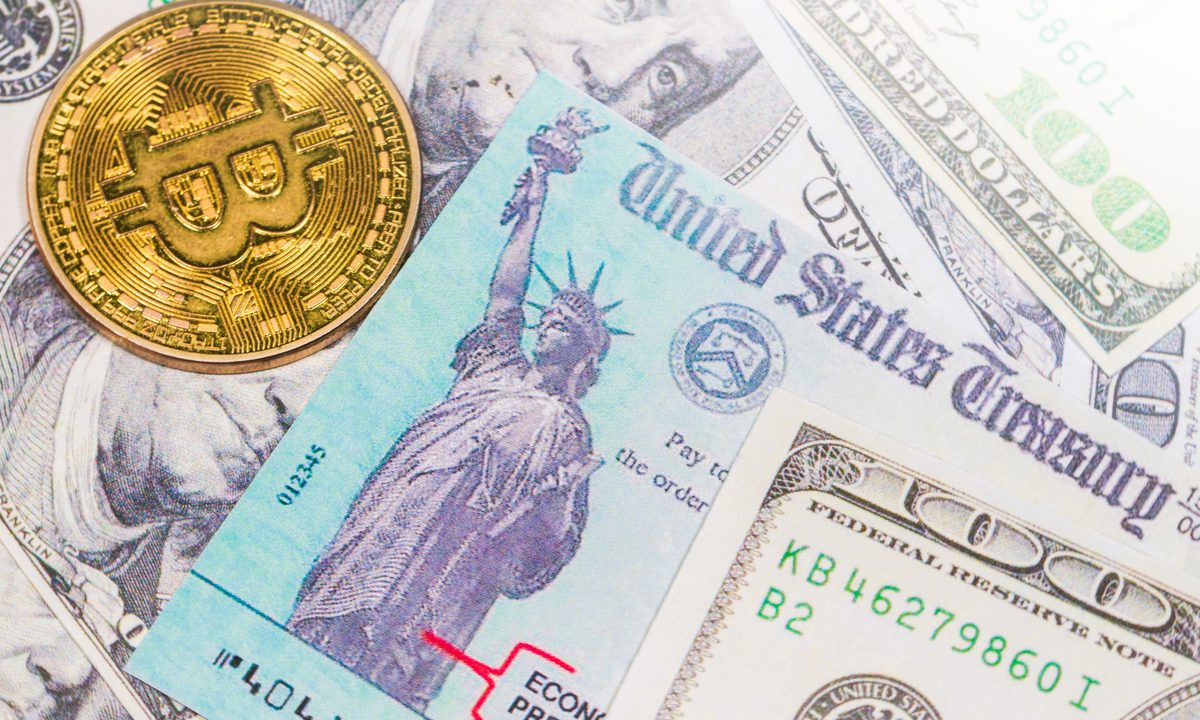From White House, a Clear Call for Tighter Crypto Controls

The Treasury Department is looking to rein in crypto.
It’s hard not to come to that conclusion when looking over the trio of reports it released on Sept. 16, and especially the Fact Sheet the White House put out announcing its goals for the first major responses to the president’s executive order calling for the creation of a legal framework for cryptocurrencies and other digital assets.
It encourages regulators including the Securities and Exchange Commission (SEC) and Commodity Futures Trading Commission (CFTC) to “aggressively pursue investigations and enforcement actions against unlawful practices in the digital assets space.”
And it orders the Consumer Financial Protection Bureau (CFPB) and Federal Trade Commission (FTC) to “redouble their efforts to monitor consumer complaints and to enforce against unfair, deceptive, or abusive practices.”
In both cases, those phrases were emphasized with bold type.
The same applies to the Financial Literacy Education Commission (FLEC), which the Treasury Department told to “lead public-awareness efforts to help consumers understand the risks involved with digital assets,” as well as identify common frauds in the industry, and learn how to report it and other types of misconduct.
Then there was the extensive support innovative non-crypto instant payments systems like FedNow — The Clearing House’s RTP Network was also called out in one of the reports on “The Future of Money and Payments,” which also looked into stablecoins, a type of cryptocurrency whose benefits include instant settlement capabilities.
See also: Instant Payments, Stablecoins Sit Atop Treasury Dept’s Innovation Agenda
Following that came fostering financial stability — mitigating cyber vulnerabilities and identifying and tracking emerging strategic risks.
Emphasis Matters
Regardless of the specifics, when it comes to regulating cryptocurrencies, the argument in the U.S. has generally come down to encouraging innovation versus protecting consumers.
It’s rarely an either-or situation: With very few exceptions, elected officials and regulators want to do both. It’s just that they disagree on how much leeway cryptocurrency entrepreneurs should have. Emphasis matters.
Looking at the Treasury Department’s trio of cryptocurrency and digital asset reports released on Friday (Sept. 16), its fairly easy to see where the emphasis lies.
One likely reason is that the report does not see cryptocurrencies having truly succeeded in revolutionizing anything in the payment or financial space yet — which is fair, because they haven’t.
Also read: Treasury Crypto Reports Long on Detail, Short on Urgency
However, the potential is there — at least plenty of mainstream financial institutions think so, enough to be experimenting with various ways of using blockchain and decentralized finance, or DeFi, techniques on the back end.
And earlier this week, top financial firms like Charles Schwab, Citadel Securities, Fidelity, Paradigm and Sequoia Capital announced plans to build a crypto exchange of their own.
Change of Tone
To be fair, the Fact Sheet did begin by saying “digital assets present potential opportunities to reinforce U.S. leadership in the global financial system and remain at the technological frontier,” albeit without an emphasis.
It eventually segues into helpful suggestions: the Office of Science and Technology Policy (OSTP) and National Science Foundation (NSF) developing a Digital Assets Research and Development Agenda, for instance, and the Treasury Department and other regulators providing FinTechs with regulatory guidance and technical assistance.
But there was a certain aspect of damning by faint praise to it.
In the main report, “Crypto-Assets: Implications for Consumers, Investors, and Businesses,” there was a discussion of the benefits crypto could bring to payments — faster systems, trade credit provision, clearing and settlement, and the tokenization of real assets — as well as things like supply chain management. But it was a short section in a long report.
And the first comment in the report’s payments section pointed to, “increased competition associated with the development and introduction of crypto-asset-based faster payment systems may prompt the existing fiat-based payment systems to respond with more competitive, innovative, and inclusive offerings.”
As for the White House Fact Sheet, reinforcing U.S. global financial leadership and competitiveness came next, starting with taking a leadership role in infusing digital assets with U.S. values, working more closely with overseas regulators, and — finally — ordering the Department of Commerce to “help cutting-edge U.S. financial technology and digital asset firms find a foothold in global markets for their products.
At which point it switched back to fighting illegal finance and exploring a central bank digital currency (CBDC) — which exploded in the last few years as a way to fight back against stablecoins many governments say threaten their currencies and financial control.
The latter, by the way, got its own report: “Action Plan to Address Illicit Financing Risks of Digital Assets.”
For all PYMNTS Crypto coverage, subscribe to the daily Crypto Newsletter.
